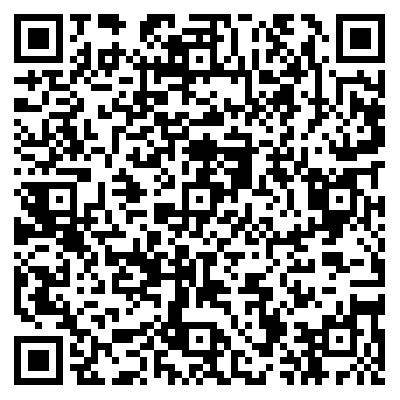Single Head Embroidery Machine
Before you buy a new single head embroidery machine, you should consider the benefits and drawbacks of each type. For example, a single-head machine does not have the advantage of having multiple needles. Alternatively, a multi-head machine is ideal for professional use, because it has more features than a single-head machine.
Needle count of a Single-Head Embroidery Machine
It is vital to have a single-head embroidery machine that has an adequate needle count for the types of materials you are working on. This is so that you can ensure your designs will look as good as possible. However, you will need to ensure that your hooping is tight enough to avoid the fabric from wrinkling. You may need to use a stabilizer to prevent this from happening.

The number of needles on a single-head embroidery machine can range anywhere from eight to fifteen. Choosing an embroidery machine with a high number of needles will increase your versatility and reduce the need to constantly change thread colors. A machine with a high number of needles will handle heavier embroidery projects more efficiently. The needle count of a single-head embroidery machine will also determine how quickly and efficiently you can stitch your projects.
Multi-Head Embroidery Machine
A modular multi-head embroidery machine system combines the benefits of conventional single-head machines with the advantages of a multi-head embroidery machine. It connects between two and thirty single-head machines over a network, and can be controlled using a single computer. A modular system allows the user to group multiple machines with a single click, load the same design onto each, and change settings on each machine at once. This feature minimizes set-up time and allows for maximum production flexibility.
Cost of Single-Head Embroidery Machine
If you're just getting started in the embroidery industry and have no idea how to set up your own production line, a single-head embroidery machine is a great option. Often stocked with 15 needles, these machines offer touch screen functions and one-step functionality. Multi-head machines have many more needles, and are used to stitch the same design onto several blanks at once. Although the cost for these machines is the highest, they can also be operated without a computer.
Whether you want to create a personalized design for a gift or create a customized logo, a single-head embroidery machine is the perfect choice. Depending on your needs, these machines are easy to use and install, and their small footprint is ideal for a home-based business. They can be purchased with nine, twelve, or 15 needles, as well as a variety of matching devices, which makes them ideal for the individual entrepreneur.
Downtime involved in setting up a Single-Head Embroidery Machine
There are two types of sewing machines: multihead and singlehead. Multihead machines produce more pieces in a shorter amount of time. Though they may cost more up front, multihead machines will save you time and money on labor. Singlehead machines are perfect for testing, small runs, or one-off jobs. When choosing a machine, be sure to consider the downtime involved in setting up the machine. Set up times can include changing thread cones, loading designs, programming needle sequences, and changing the pantograph from caps to tubular. Regardless of the head count, single-head machines are best for home operations and small-scale businesses.
When selecting a machine, be sure to take the time to research downtime requirements and the type of embroidery you'll be creating. If you'll be doing a lot of custom embroidery, you'll want to choose one that doesn't require much downtime. For example, a single-head machine will require more setup time than a multi-head machine. Depending on the type of embroidery you'll be creating, you can opt for a single-head machine that allows you to stitch different stitch counts. A multi-head machine can also save you money on maintenance costs as each head stitching head can work independently from the others.

 English
English Español
Español عربى
عربى


